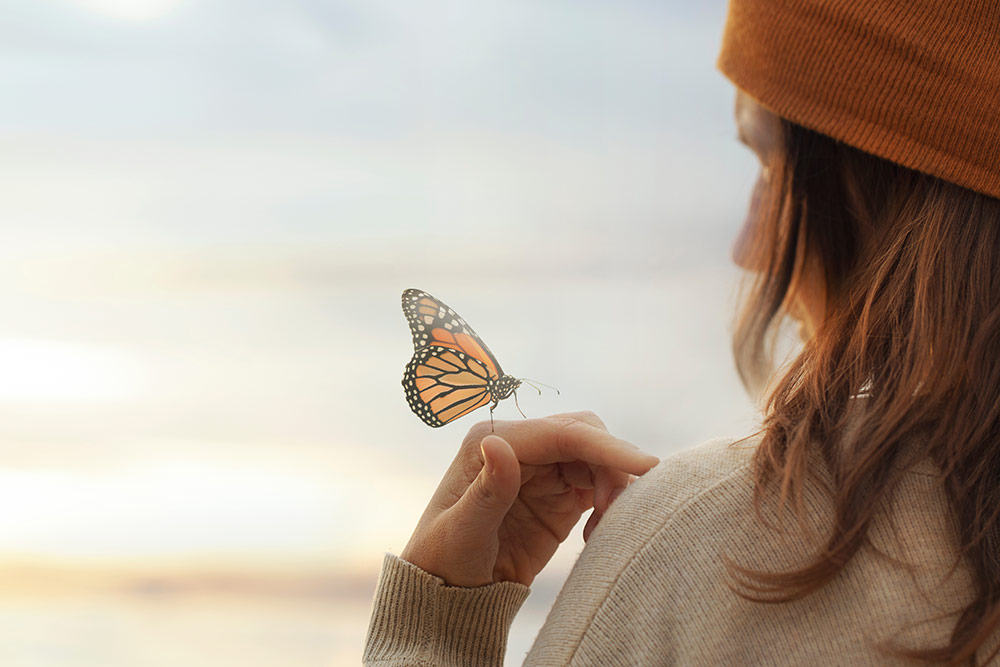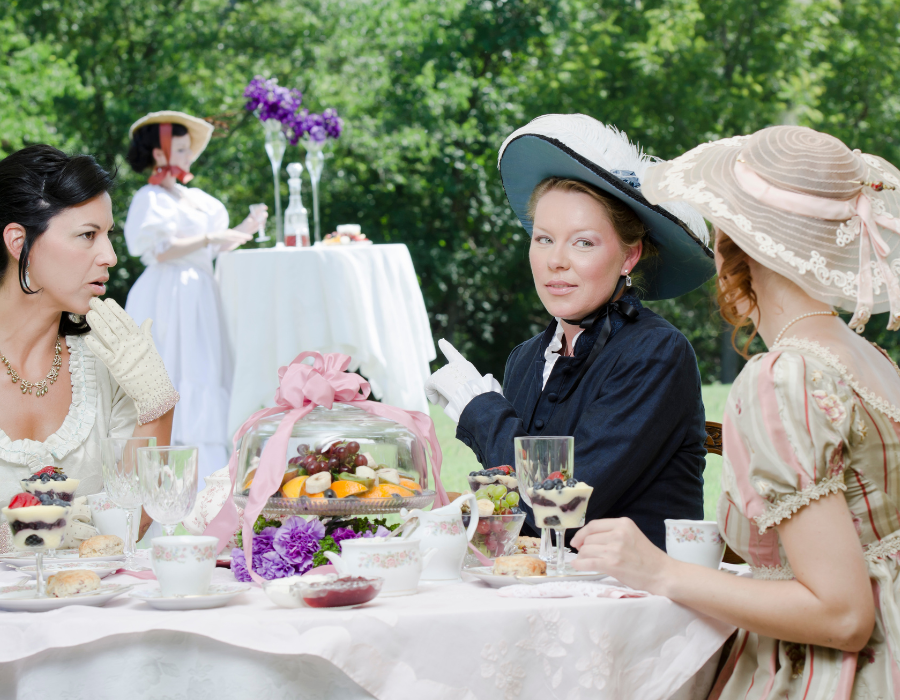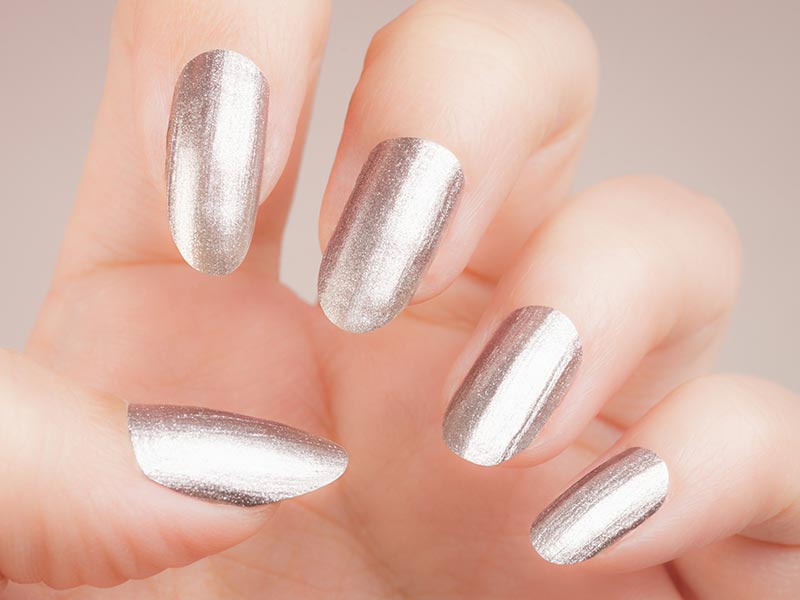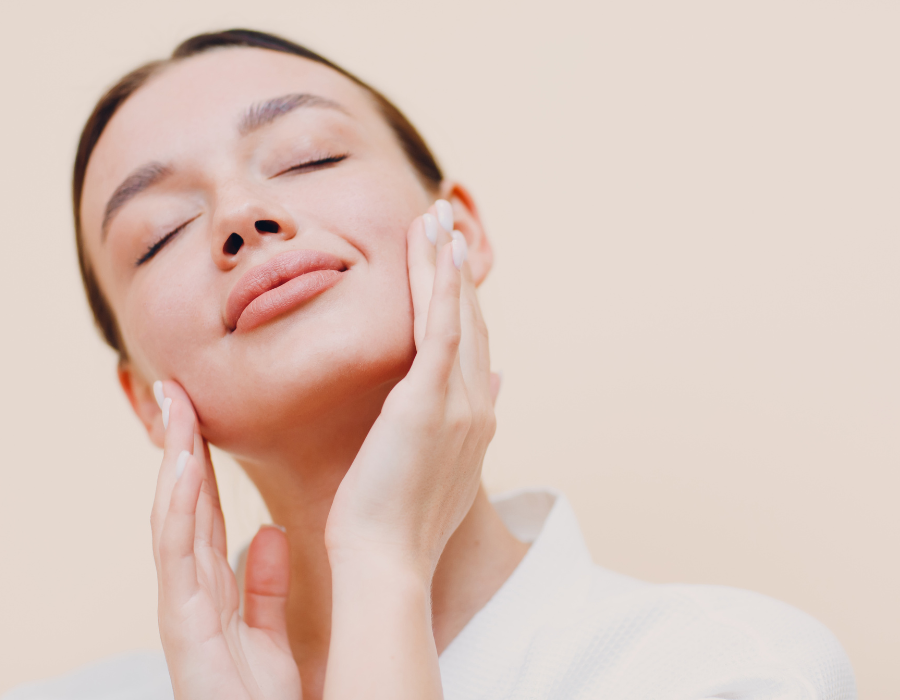This is a not some SAD story about Seasonal Affective Disorder. The purpose of this article is to offer you a way to discern whether the “winter blues” is a time to address unresolved issues that may surface or whether you may have a true blue diagnosis of SAD. It also offers ways to kick SAD symptoms naturally and/or when to seek medical support and advice.
Seasonal Affective Disorder (SAD) is a type of depression that is typically associated with the cooler seasons. What makes SAD different from other depressive disorders is that it generally goes into remission when the weather warms up.
The truth is that many of us go into hibernation or low energy mode when the weather cools and mother nature forces us to play inside. From an evolutionary perspective, it makes sense. We learned to conserve our energy in the winter months when food supplies were scarce. Our bodies naturally want to hunker down. Move slower. Sleep longer. Be introspective. Crave carbohydrates. So much of our winter behavior is normal and can be embraced.
You Might Also Be Interested In:
- 10 “Mood Foods” To Help Fight The Winter Blues
- How To Support Someone Struggling With Mental Health
- Give Yourself Emotional Permission During COVID-19
These times may be an opportunity to evaluate where we may not be honoring ourselves. Is there any part of our life that is requesting an edit or an update? Perhaps something or someone that needs to be let go. This is a time when your spirit may be calling for you to let go of people, old thought patterns and behaviors or to heal wounds that have haunted us.
Essentially, how do we harness the wisdom of slo’ mo’ and apply it to our lives rather than resist it. Often there is an inner knowing that can be heard when we aren’t moving at the spring/summer speed of light. Instead of hearing it we may want to medicate or slap a diagnosis on it. But, this may be a time to take a deep dive into what needs to be addressed.
With that said, however, if symptoms are severe and are debilitating, you should seek support and medical help. If you are having continuous hopeless and/or suicidal thoughts, get help immediately.

Symptoms of Seasonal Affective Disorder (SAD):
- Low energy levels and fatigue; reduced sex drive.
- Weight gain and often a craving for starchy and/or sugary foods.
- Regular bouts of hopelessness and sadness that are not situational.
- Poor concentration.
- Isolating or withdrawing socially.
- Suicidal thoughts.
- Use of alcohol or drugs for comfort.
To receive a diagnosis of SAD one must meet the criteria for major depression for at least two years; however, the symptoms must manifest with the season and remit when the season ends.
SAD Proofing and Treatment Techniques
Let There Be Light:
If you don’t have the luxury of soaking up thirty minutes of sunshine in the mornings or purchasing a light box, consider replacing some of your light fixtures with full spectrum light bulbs. According to Dr. Mercola, full-spectrum lights are “one of the most cost-effective ways to treat the winter blues.”
Full-spectrum lights contain all wavelengths needed for life in both plants and animals. Thirty-sixty minutes under full spectrum lighting can increase serotonin to improve your mood, as well as help sleep and appetite.
(The only caution with full spectrum bulbs is they contain mercury, so read the directions for proper disposal.)

Supplements:
A combined total of 1,000-2,000 mg of Omega 3 essential fatty acids is recommended per day. For a vegetarian, that means adding a tablespoon or 2 of ground flax or chia seeds, eating lentils, making friends with tofu and adding spinach. A morning shake with ginger, apple, pineapple, a variety of seeds and spinach/greens doubles your body’s ability to naturally fight the flu and low mood. Meat eaters should get very fishy. Mackerel, salmon, anchovies and oysters are all very high in omega-3 fatty acids.
Also, get a vitamin D test stat! Vitamin D3 supplements also affect the brain and central nervous system. Taking 2000-5000 IU daily can have an impact on depression.
Move your body:
Are you tired of hearing how moving your body essentially treats… everything? Well here it is again. Move it. Shake it. Spin it. Run or walk it. Dance it. Sweat at least twenty to sixty minutes to produce endorphins and get your neurotransmitters firing. Apply bonus points for exercising outdoors in the sunshine.
Eliminate Sugar and Refined Grains:
Author of forty-seven Rob Faigin, states eating sugar can “max out our serotonin machinery, leaving us unhappy, carb-craving, and depressed.” I could write forty-seven articles on how sugar and processed food affects our dopamine, a neurotransmitter that fuels the brain. Or about how chronic inflammation due to a poor diet disrupts our spirits by causing an imbalance in our bodies. We know eating whole, real food makes our bodies hum. If it seems overwhelming, take turtle steps and start small. Find three to four whole food breakfast options. Then move onto lunch until you are eating mostly real, non-manufactured foods.
Medications:
There are times when the compassionate thing to do is to get evaluated by a therapist, psychiatrist or your doctor to see what psychiatric medication may be appropriate for you. This is especially crucial if destructive urges or feelings of hopelessness are running the show. Seek a medical providers help if these symptoms persist.
Many of us imagine how an early spring will alleviate our winter angst. But what if, instead, we use these shorter and darker days to SAD proof our lives in ways that propel us into the warmer months, free of internal clutter and unnecessary noise. I challenge you to use this time to emerge strengthened and transformed.
This article first appeared in our Winter 2017 print magazine and has been modified for the web.
This post contains affiliate links, meaning that if you choose to click through and make a purchase, Sass Magazine will receive a small commission at no cost to you.


Heather Michelle Tydings
Heather Michelle Tydings is the owner Own Your Evolution, a psychotherapy and life coaching practice that works with women and teen girls for a greater sense of well-being, wholeness, vibrancy and pleasurable living.


























Subscribe so you don’t miss a post
Sign up with your email address to receive news and updates!